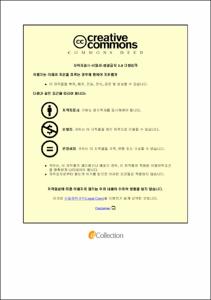오정희 소설의 상징성 연구
= A Study on Symbolism in Oh, Jeong‐hee's Novels
- Type
- Thesis
- Department
- 대학원 한국어문학과
- Issued Date
- 2009
- Publisher
- 한성대학교 대학원
- Files in This Item:
-
-
Download
 000000359686.pdf
기타 데이터 / 1.06 MB / Adobe PDF
000000359686.pdf
기타 데이터 / 1.06 MB / Adobe PDF
-
Items in Repository are protected by copyright, with all rights reserved, unless otherwise indicated.